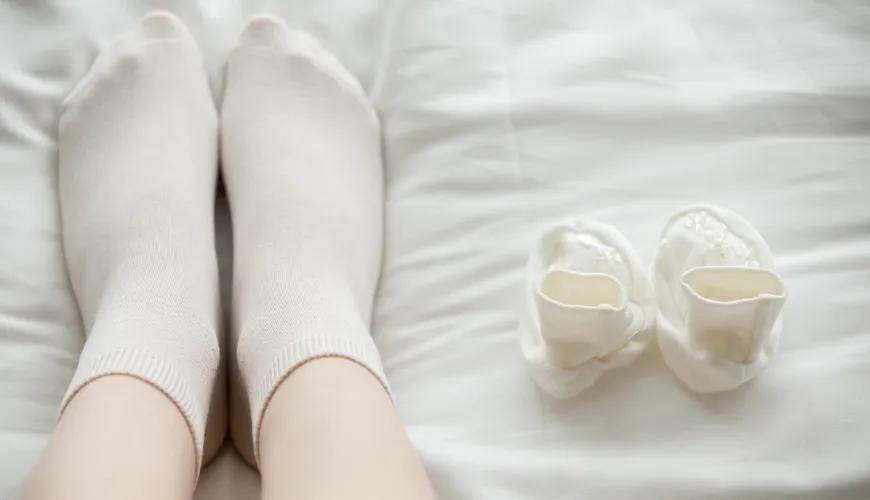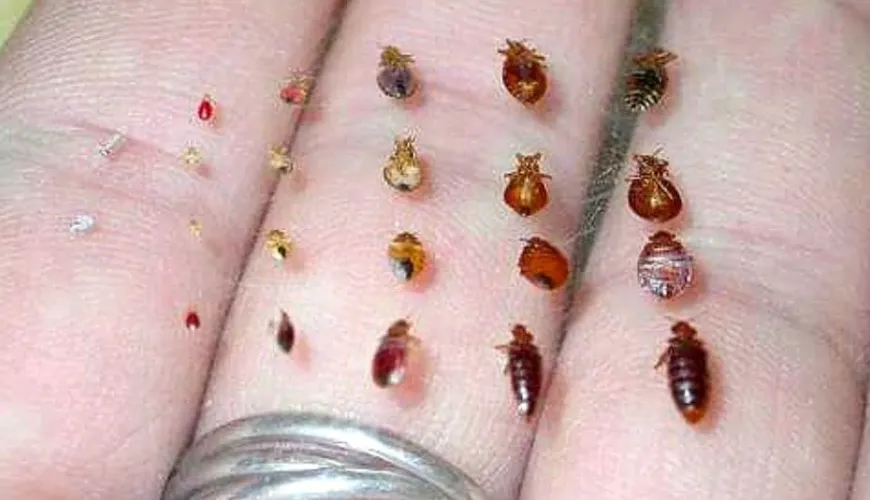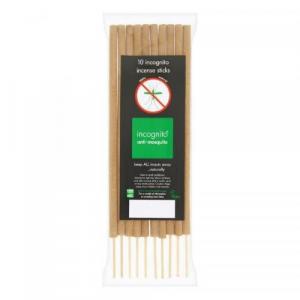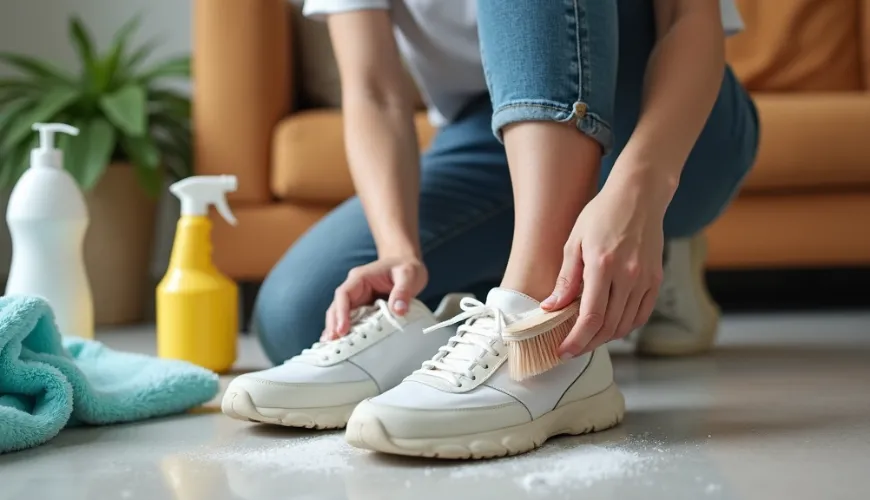
How to Quickly Identify Bed Bugs and Avoid an Infestation

Complete Guide to Uncovering Invisible Enemies in Your Home
Domestic bed bugs, tiny parasites that feed on human blood, are one of the most unpleasant problems you can encounter at home. These small intruders may seem harmless, but their presence can cause countless issues, from itching to psychological stress. To effectively combat them, it's essential to know how to identify bed bugs in the early stages of their invasion.
Why Are Bed Bugs So Insidious?
Bed bugs are extremely adaptable parasites that can hide in places you wouldn't even think of. Their ability to survive without food for several months and reproduce quickly makes them challenging opponents. Moreover, their size and shyness mean they can go unnoticed for a long time, allowing them to build up a large population before you notice their presence. Therefore, knowing how to identify bed bugs as soon as possible is crucial.
How to Identify Bed Bugs: Signs and Symptoms You Can't Ignore
1. Itching and Unusual Bites
One of the first indicators that you might have bed bugs at home is unexplained itchy bites on your skin. Bed bugs usually bite at night when you're sleeping, and their bites often cause itching and redness. If you regularly wake up with several bites in a row or clusters, it's a strong signal that you might have a bed bug problem. Bed bug bites can easily be mistaken for mosquito bites, but their regular occurrence at night should raise suspicions.
2. Blood Stains on Bedding
Another clue in identifying bed bugs is small blood stains on your bedding or mattress. When a bed bug feeds on blood, it can accidentally get crushed during movement, causing the blood to leak out and leave marks on your bed. These stains may be small and inconspicuous, but their repeated occurrence should be a warning sign.
Try our natural products
3. Black Spots and Excrement
Bed bugs leave behind excrement in the form of small black spots. These excrements can resemble dust balls or pepper grains and are usually found in mattress seams, bed frames, or walls near bed bug hideouts. If you find these black spots, it's likely that bed bugs are already firmly rooted in your home.
4. Specific Odor
Although it may seem unlikely, bed bugs produce a certain odor, which is one of the key ways to identify them. This odor is often described as sweet but unpleasant, and it may resemble the smell of rotten raspberries or almonds. If you detect this smell near your bed or furniture, you should be alert.
5. Visible Bed Bugs and Their Shells
If you're lucky, or rather unlucky, you may see bed bugs with your own eyes. Bed bugs are small, oval, and have a brown to reddish-brown color. They are most often seen at night when you turn on the light, but their ability to hide in crevices and small spaces allows them to remain undetected. Besides live bed bugs, you may also find their shed skins, which are left behind after the bugs molt during growth. These skins are transparent and often found near their hideouts.
How to Prevent a Bed Bug Infestation
Early recognition of bed bug signs is crucial to prevent their proliferation. To avoid these unpleasant parasites, it's essential to follow several basic preventive measures.
Regular Inspections: Regularly inspect mattresses, pillows, bed frames, and surrounding furniture. Focus on seams and corners where bed bugs most commonly hide. If you travel, be cautious and thoroughly check the hotel room before unpacking your belongings.
Thorough Cleaning: Cleanliness is one of the most effective ways to prevent a bed bug infestation. Regularly vacuum and dust your home, especially near beds and sofas. If you suspect bed bugs, use a high-suction vacuum and dispose of the bag immediately after vacuuming.
Careful Storage: Ensure that your clothing and other personal items are carefully stored in sealed containers, especially when returning from travels. Bed bugs often enter homes through luggage.
What to Do If Bed Bugs Are Confirmed
If you conclude, based on the above signs, that bed bugs have settled in your home, it's important to act quickly and effectively. Don't delay solving the problem, as bed bugs reproduce quickly, and the longer you wait, the more difficult it will be to eliminate them.
Professional Help: The best way to get rid of bed bugs is to contact pest control experts. Professionals have access to effective means and methods that can help you get rid of bed bugs once and for all.
Home Measures: If for some reason you cannot use exterminator services, there are home methods to eliminate bed bugs. These include using a steam cleaner, which kills bed bugs with hot steam, or applying special insecticides designed to eradicate bed bugs.
Try our natural products
In conclusion, bed bugs are one of the most insidious household parasites you can encounter. Early detection and proper prevention are key steps to effectively eliminating these unwanted guests. At the first signs of their presence, don't hesitate to take the necessary steps to protect yourself and your home. Identifying bed bugs early is the fundamental step to avoiding their unpleasant consequences.













